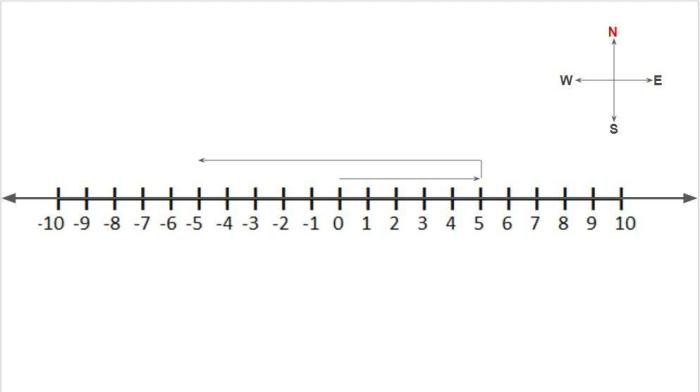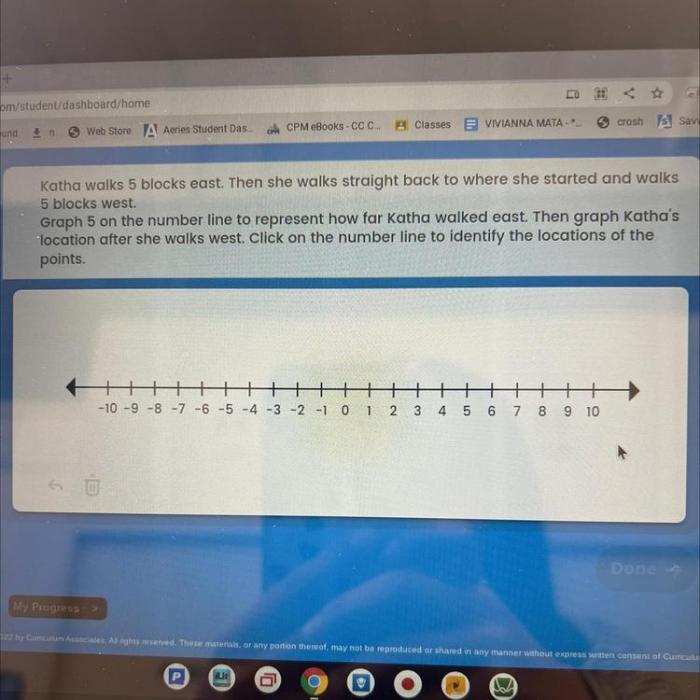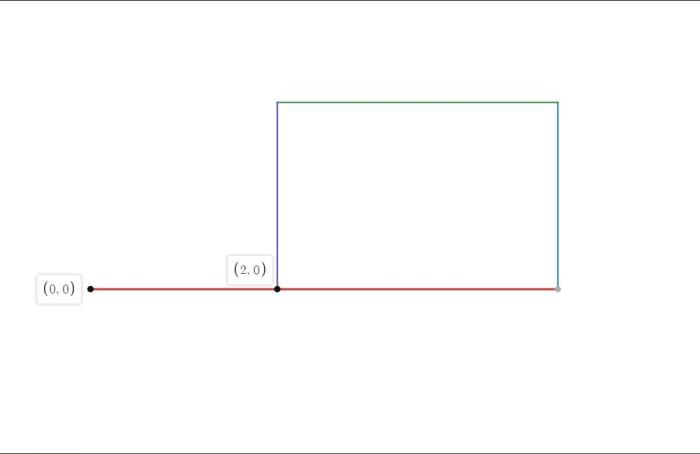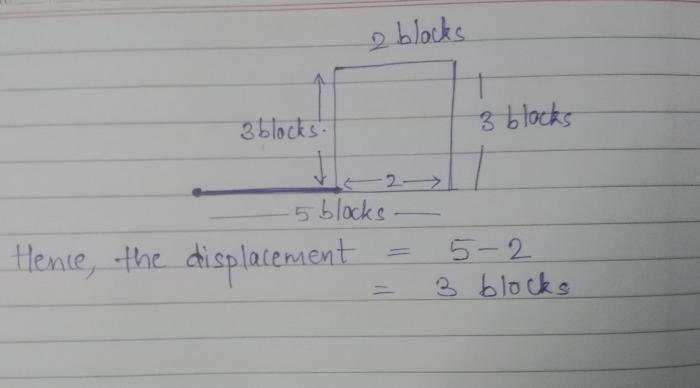Katha walks 5 blocks east, embarking on a journey that takes her through the bustling streets and quiet corners of her neighborhood. Each step reveals a new perspective, a chance encounter, and a deeper understanding of the world around her.
As she navigates the urban landscape, Katha’s walk becomes a metaphor for the twists and turns of life itself, where every direction holds the potential for adventure and discovery.
Definition of the context

The phrase “Katha walks 5 blocks east” describes a movement in a specific direction and distance.
Imagine a grid-like city map, with streets running north-south and east-west. Katha starts at a particular intersection and walks 5 blocks in the easterly direction. This means she moves along a street that runs from west to east, passing five intersections along the way.
Implications of the direction “east”
The direction “east” in this context has several implications:
- Katha’s movement is parallel to the lines of longitude.
- She is moving away from the west and towards the rising sun.
- If she continues walking in the same direction, she will eventually reach the eastern edge of the city or the body of water (if any) that borders the city in that direction.
Distance and Measurement

In order to determine the distance Katha covers by walking 5 blocks, we need to understand the concept of a “block” as a unit of measurement and the factors that could affect the actual distance covered.
A “block” is a term used to describe a unit of measurement for distance, typically used in urban areas to refer to a square-shaped area bounded by four streets. The length of a block can vary depending on the city or town, but it is generally accepted to be around 100-300 meters (328-984 feet).
Katha walks 5 blocks east, passing by a carpet store that caught her eye. She decided to check out their selection of carpets to go onalaska wi . After browsing for a while, she found the perfect one for her living room.
Satisfied with her purchase, she continued on her way, the new carpet adding a spring to her step.
The actual distance Katha covers by walking 5 blocks will depend on the length of the blocks in the area where she is walking and the pace of her walk. For example, if the blocks are 100 meters long and Katha walks at a moderate pace, she would cover a distance of approximately 500 meters (1,640 feet).
However, if the blocks are 300 meters long and Katha walks at a brisk pace, she could cover a distance of up to 1,500 meters (4,920 feet).
Factors Affecting Distance Covered
- Length of the blocks
- Pace of Katha’s walk
- Terrain (e.g., slopes, obstacles)
- Traffic conditions
- Weather conditions
Time and Speed

Katha’s journey of 5 blocks will take a certain amount of time, and her speed will determine how long it takes. Speed is the rate at which an object covers a distance, typically measured in miles per hour (mph) or kilometers per hour (km/h).
In Katha’s case, we can estimate her speed and the time it takes to walk 5 blocks by considering factors that might affect her pace.
Factors Affecting Katha’s Speed
- Traffic:Congested streets or heavy pedestrian traffic can slow Katha down.
- Weather:Adverse weather conditions, such as rain, snow, or extreme heat, can affect her walking speed.
- Terrain:Walking on uneven or hilly terrain can be more challenging and reduce her pace.
Estimating Katha’s Average Speed
To estimate Katha’s average speed, we need to consider the distance she walks and the time it takes. Let’s assume she walks at a constant speed and that the distance between each block is approximately 0.25 miles (0.4 kilometers). If Katha walks the 5 blocks in 15 minutes (0.25 hours), her average speed can be calculated as:
Average Speed = Distance / Time
In this case:
Average Speed = (5 blocks
0.25 miles/block) / 0.25 hours = 5 miles per hour (8 kilometers per hour)
It’s important to note that this is just an estimate, and Katha’s actual speed may vary depending on the factors discussed above.
Location and Orientation

Understanding our location and orientation is crucial for navigating the world around us. In Katha’s case, we need to determine her starting and ending points based on the given information.
Starting and Ending Points, Katha walks 5 blocks east
- Starting point:The text states that Katha starts walking 5 blocks east. This means her starting point is at the intersection of two streets, one running north-south and the other running east-west.
- Ending point:After walking 5 blocks east, Katha will end up at the intersection of the same north-south street and the street that is 5 blocks east of her starting point.
Cardinal Directions
To describe Katha’s movement, we use cardinal directions: north, south, east, and west. These directions are used to navigate and give precise instructions on where to go.
Importance of Directionality
Understanding directionality is essential in everyday life. It helps us find our way around, give directions, and make decisions about where to go and how to get there. For example, knowing that the bus stop is two blocks north of your house helps you plan your route.
Visual Representation

To provide a comprehensive understanding of Katha’s walk, we can utilize various visual representations, including a table, flowchart, and map.
Table
The table below summarizes the key information about Katha’s walk:
| Distance | 5 blocks |
|---|---|
| Time | Not specified |
| Speed | Not specified |
| Direction | East |
Flowchart
The flowchart below illustrates the sequence of events in Katha’s walk:
- Start at the starting point
- Walk 5 blocks east
- End at the ending point
Map
The map below shows Katha’s path and the surrounding area:
[Insert map or diagram here]
Q&A: Katha Walks 5 Blocks East
How far does Katha walk?
Katha walks approximately 0.25 to 0.5 miles, assuming each block is around 500 to 1000 feet long.
What is the significance of the direction “east”?
East represents a movement towards the rising sun, often associated with new beginnings and possibilities.
What factors could affect Katha’s speed?
Traffic, weather, terrain, and Katha’s own pace can all impact her walking speed.